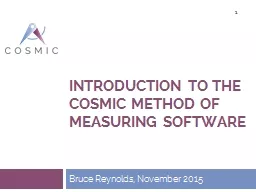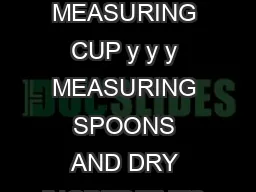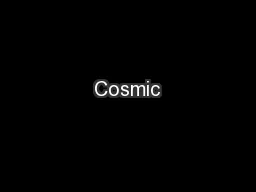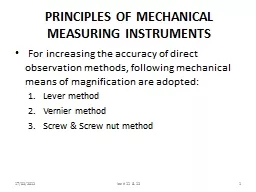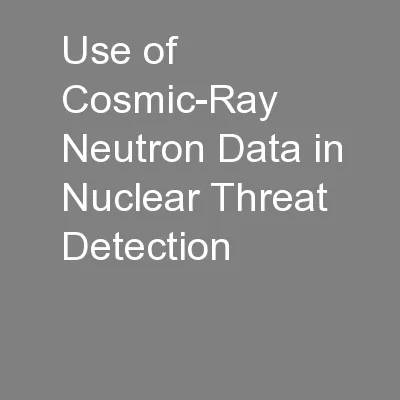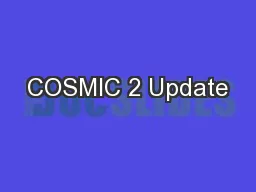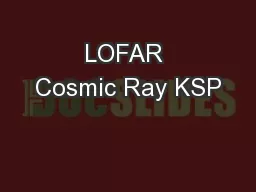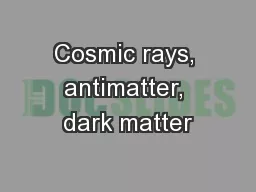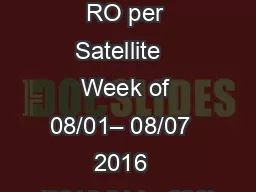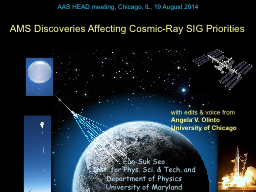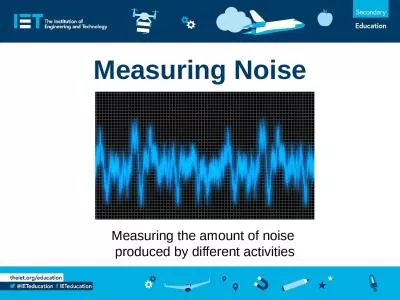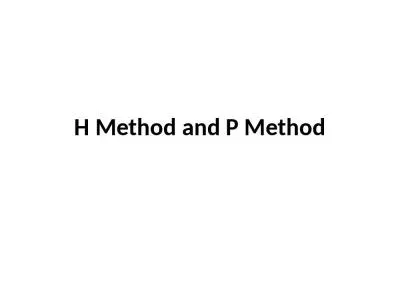PPT-Introduction to the COSMIC method of measuring software
Author : yoshiko-marsland | Published Date : 2017-12-05
Bruce Reynolds November 2015 1 Outline Cosmic Definition Functional Size Measurement Functional User Requirements NonFunctional Requirements COSMIC Approach InClass
Presentation Embed Code
Download Presentation
Download Presentation The PPT/PDF document "Introduction to the COSMIC method of mea..." is the property of its rightful owner. Permission is granted to download and print the materials on this website for personal, non-commercial use only, and to display it on your personal computer provided you do not modify the materials and that you retain all copyright notices contained in the materials. By downloading content from our website, you accept the terms of this agreement.
Introduction to the COSMIC method of measuring software: Transcript
Download Rules Of Document
"Introduction to the COSMIC method of measuring software"The content belongs to its owner. You may download and print it for personal use, without modification, and keep all copyright notices. By downloading, you agree to these terms.
Related Documents

